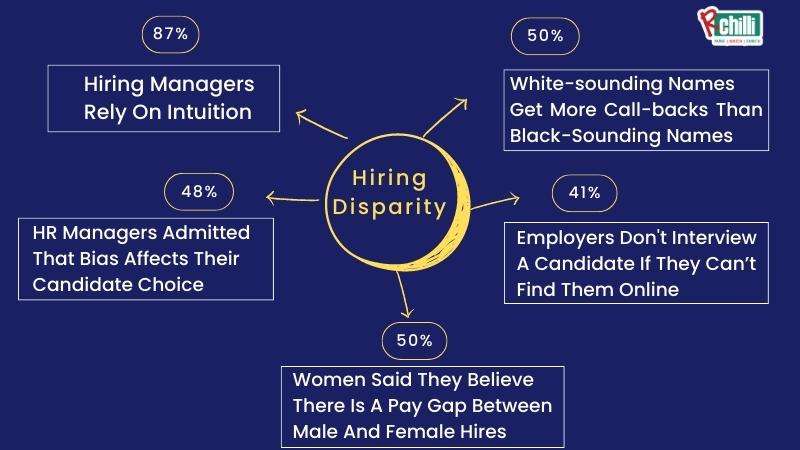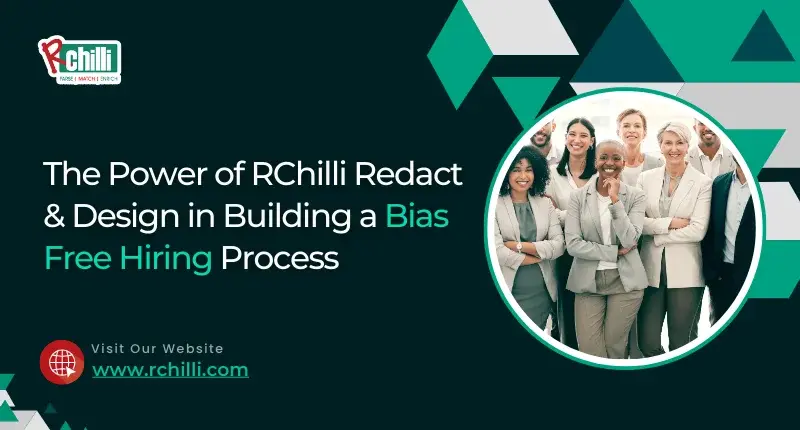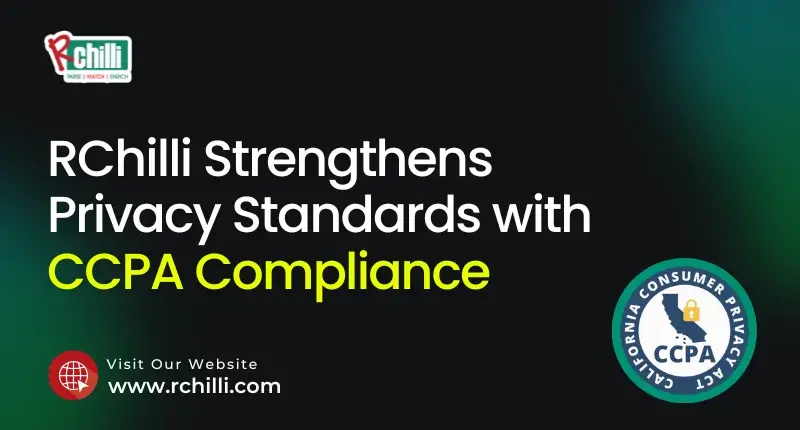How the Best Oracle Bosses Avoid Bias Inclusion In Their Workforce?
by Aanchal Sharma
Each year, ERP companies invest millions of dollars in anti-bias training expecting to create an all-inclusive, innovative, and valuable workforce. Studies have proved that a diverse team performs better, is more committed, drives the company to success because of collective intellect, and outshines at making better decisions. However, it has also been proved that these programs hardly deliver what’s expected. So, what can the bosses do to ensure that your team is inclusive and blends diverse voices?
Even though bias is extremely hard to remove, it, however, isn't difficult to disrupt. In the years that we’ve invested in studying the facets that encourage biased hiring, we’ve identified the numerous ways managers can counter the problem without draining their pockets.
The journey towards realizing and countering biased approach begins by understanding the four different ways bias affects day-to-day working:
-
A black employee must prove themselves more than the white less experienced contemporary.
-
A particular set of behaviors is agreeable from a few team members from native country as compared to the ones from who belong to a different country and have settled on the basis of work Visas.
-
Women employees with kids have to work hard to prove their competence and caliber and sometimes face questions about being career oriented.
-
A more presentable or beautiful employee is favored more as compared to the average looking employee regardless of the talent and skills the latter has to perform the job better.
Here are a few interesting statistics on trending hiring statistics that can be shocking.

Another important aspect worth pondering over is when and how these biases arise. In cases where the organizational directive is missing, there’s a high chance these reasons can go unnoticed. It’s important to know that one can’t be a great manager unless they’re a bias interrupter.
Researchers have extensively documented bias in hiring. In one of the studies, despite the same nine years of experience as Dave’s, Philip’s experience was overlooked because of his cultural background. Another study found that men from influential backgrounds are called back for interviews 12 times more than their contemporaries from non-influential backgrounds.
Other studies have found that women, candidates from the LGBT community, or those with some disabilities are less likely to get hired than their contemporaries. Being fair in hiring is the first and the most significant step toward building a diverse team.
Other than this, here are the different ways to fetch the best candidates and eradicate any personal preference.
-
Insist On A Diverse Candidate Pool
Whether you have a team of hiring managers or are handling recruitment on your own, one thing that should be on your priority list is to have a diverse team in the true sense. And we aren’t talking about having one female or someone from a minority group in the team. Because today’s world is getting more globalized and interconnected, organizations should benefit from the diverse skills that talented professionals bring to the table.
-
Isolate Performance from Talent and Temperament from Skills
A common trend among big organizations is that the preferred groups are perceived to be talented while the lesser preferred ones must prove they’ve got the skills. If candidate skills and potential matter to you, it’s essential that these should be assessed separately. Undertaking the task manually, however, doesn't solve the problem. Instead, the burden and pressure of evaluating each resume to fish out the desired skills will only drift a hiring manager’s attention to opt for a particular set of candidates. Hence, biased hiring.
Automating the whole process with a parsing solution can solve the puzzle. RChilli’s resume parser in Oracle HCM is orchestrated to uncover the best-in-class industry talent by encouraging objective-based hiring. The parser maps 30 fields in a resume that includes preferred skills, education qualification, certifications, and competencies, details that matter.
What does this mean? You’ll be leaving out the aspects that might encourage bias and instead automate to revamp your hiring approach, focus on critical skills, and get only talented candidates onboard.
-
Set Up An Objective-Based Selection Criteria with Skills Library
Implying biases in the name of cultural fit can result in homogeneity. This is why a responsible manager must prefer hiring based on skills and talent rather than how they would fit well in the group or company culture. We’ve mentioned how skills-based hiring is important and how an AI-driven parsing solution can help hiring managers realize this facet.
However, did you know that even a great parser is only adequate with a modified and good taxonomy? A skills library, as we call it, a good taxonomy, makes a resume parser friendly. There’s a good chance a candidate misses filling a skill for the job.
RChilli’s matured taxonomy is updated every two weeks with synonymous skills that make a candidate’s resume searchable by the resume parser. The parser then fetches and auto-populates the candidate database regardless of whether the candidate has mentioned similar skills in the resume or not.
You can better understand how RChilli’s skills taxonomy works for Oracle Recruiting with this blog.
-
Restrict Referral Hiring
If your company is homogeneous, hiring through the reference of your already existing team will only increase the problem. While some may say that referrals are important, depending on your existing workforce to help you hire new team members will get you to their favorites. Instead, it’ll be beneficial if you have an accurately parsed and auto-populated database of candidates who match the preferred talent and skills. One thing you can be assured about is that your hiring will be unbiased and qualified.
Wrapping Up
One of the biggest benefits of AI for Oracle recruiting is that apart from accurately spotting the perfect candidates, it can also perfectly ignore the elements that result in biased hiring. As much as a talent acquisition professional tries to be ethical and open-minded in their hiring approach, it’ll at some point become difficult to ignore the aspects that can cause unintentional bias.
While organizational change is crucial, it’s equally important that the AI tool you or your company select works in tandem with your candidate hiring approach. And if you want to build a diversely skilled team, keeping bias at bay, RChilli’s parsing solution in Oracle HCM can be your ultimate guide.
Let us help you understand this better.





Leave a Reply